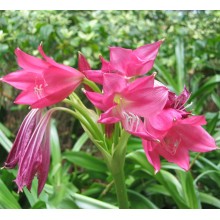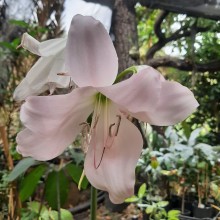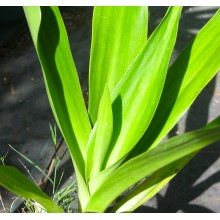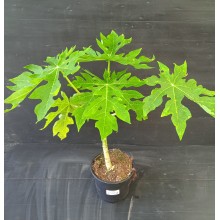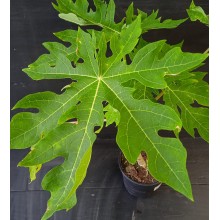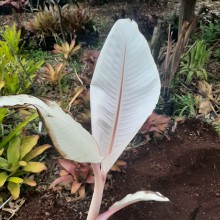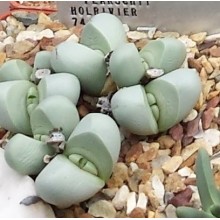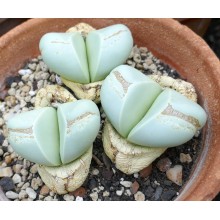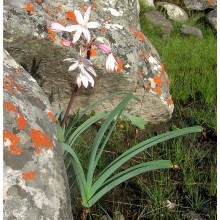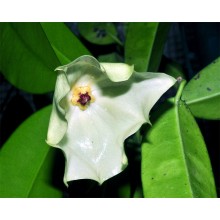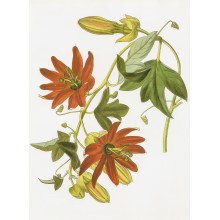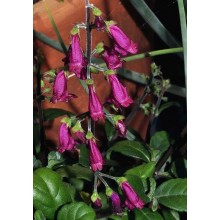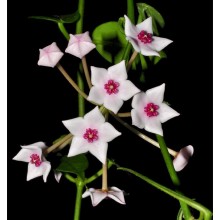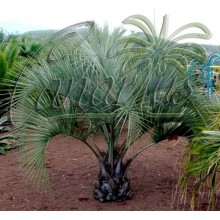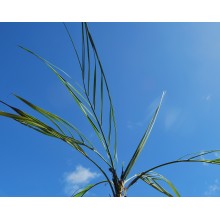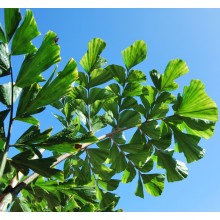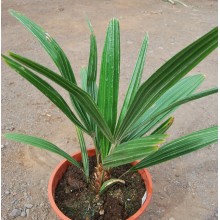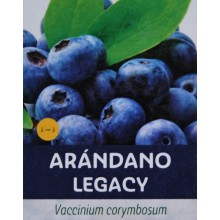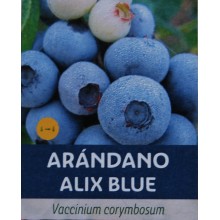I più venduti
I prodotti più venduti

-
Crinum 'Ellen Bosanquet'
Crinum 'Ellen Bosanquet'
Bulbous perennial with umbels of large, bell-shaped, deep rose to wine-red flowers(rose-purple to red-purple) 10cm long
33,20 € -
Crinum moorei LARGE
Crinum moorei LARGE
This flowering bulb native to South Africa grows into a large clump of elegant flat wide leaves, up to 1 m long. Bulbs are very large, up to 20 cm in diameter and the mostly stay above soil. It is a supreme Crinum for the garden and takes light frost. We ship a gigantic bulb, ready to bloom in less than one year.
67,80 € -
Crinum asiaticum SW Pacific
Crinum asiaticum SW Pacific
This is the GIANT form from New Caledonia, Fidji and neighbouring islands. It grows as tall as a banana tree, with a total height of 2 to 4 m. It is a supreme ornamental with wide leaves and astonishing inflorescenes 40-50 m in diameter, with white scented flowers. It loves well drained sandy soils and full sun.
42,30 € -
Carica papaya 'Siluet'
Carica papaya 'Siluet'
The Siluet variety has a very pleasant aroma similar to that of Hawaiian papayas. Siluet papayas weigh between 0.5 and 1.5 kg. Excellent internal quality with 4 cm thick red pulp. Fast growing tree, external maturation yellow with red tones.
22,75 € 35,00 €Prezzi ridotti! -
Musa 'Nam Wah Albino'
Musa 'Nam Wah Albino'
This Albino clone of Musa Nam Wah is obtained once in a long while when a plant of variegated Nam Wah gives a pup lacking clorophyll. This shoot will grow new leaves of an incredibly white colour, sometimes with a soft pink hue.
165,00 € -
Argyroderma testiculare
Argyroderma testiculare
Sphaeroid mesemb endemic to the quartz gravel of the Knersvlakte region, with jade-grey leaves. Location of this collection: Flaminkvlakte, population with 6 layered silky purple flowers
18,20 € -
Crinum modestum
Crinum modestum
Little known Crinum native to NE Madagascar. It has straight, deeply channeled, waxy, glaucous leaves, 30-50 cm tall. Umbels hold 4-10 flowers, which are mostly white in colour, with a pink tone on their back.
126,00 € -
Hoya mappigera
Hoya mappigera
Extremely glossy wide white flower, with red centre. Flowers open at night and the corolla is so abundant that it often folds and does not open fully and sometimes looks like a hanging napkin. Actually Mappa (in Mappigera) means napkin or handkerchief.
48,30 € -
Passiflora manicata
Passiflora manicata
One of the most beautiful red passion flowers, with outstanding ornamental blooms of about 10 cm in diameter. It grows at higher elevations, in montane forests between 1500 and 2700 m. It bears edible ovoid fruits of 4-6 cm in diameter. green-yellow when ripe, with nice flavour. It is grown mostly for its flowers but its tiny fruits are a nice addition...
46,00 € -
Capitanopsis brevilabra
Capitanopsis brevilabra
The highly ornamental species is native to a small area in southeastern coastal Madagascar by Saint Lucie, in the humid coastal forest and there is threatened with habitat loss from deforestation and mining. Leaves are succulent, dark green and glossy and flowers are deep purple and showy, with a metallic shine.
19,00 € -
Hoya lithophytica
Hoya lithophytica
This species was described in 2012. Each inflorescence has 5–15 flowers with a white corolla (with a pinkish shade) and bright purple-red, fleshy coronal scales inside.
48,30 € -
Strelitzia reginae 'Juncea' - Large
Strelitzia reginae 'Juncea' - Large
This strelizia is adapted to harsh conditions and lacks normal leaves. Leaf stalks taper to a tip with no blade, so the leaves look like fleshy spikes. The flower is much like the popular bird of paradise.
68,90 € -
Butia odorata - Jelly Palm - Large
Butia odorata - Jelly Palm - Large
Feather palm with sweet, tasty, scented fruits. It is native to Brazil, Uruguay and Argentina and it is the only frost-hardy species of palm that can produce abundant, delicious and useful fruits in colder climates. Leaves are blue-silvery, elegantly arching. Mature specimens show no damage at -10 C and some have survived to -20 C !
159,00 € -
Butia X 'archeri x paraguayensis'
Butia X 'archeri x paraguayensis'
This is a cross between two uncommon dwarf palms from eastern central Brazil. It is said to be a natural hybrid because two populations overlap in the same area. Both parents are cold-hardy palms, suitable to plant in milder parts of Europe.
162,00 € -
Caryota obtusa
Caryota obtusa
The largest of all "fishtail" palms. Widespread in the mountains between NE India and N Thailand. Robust solitary trunk with enormous flat "fishtail" bipinnate leaves.
72,00 € -
Rhapidophyllum hystrix
Rhapidophyllum hystrix
The needle palm is the cold-hardiest of all palms. It is a clumping, short fan palm, with fibrous trunks, armed with long black spines. Leaves are dark green and glossy .
72,00 € -
Vaccinium corymbosum 'Legacy'
Vaccinium corymbosum 'Legacy'
Blueberry variety adapted to all types of climates, quite vigorous and very productive. Its fruit is of good size, very firm, light blue in color and excellent flavor. Its harvest is very long (6-8 weeks), from mid-June to the end of July.
29,50 € -
Vaccinium corymbosum 'Alix blue'
Vaccinium corymbosum 'Alix blue'
It is a fairly recent variety, adapted to a warm climate, ripening earlier and very productive. The fruit is of high quality, large in size and with an excellent flavor and texture. It is harvested from the end of April and May. Variety suitable for all types of climates.
29,50 €















